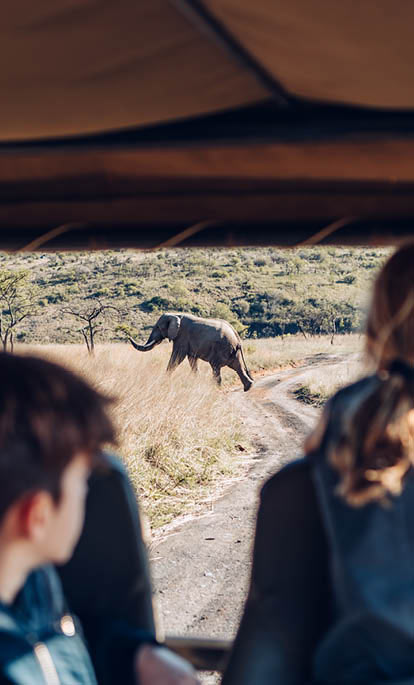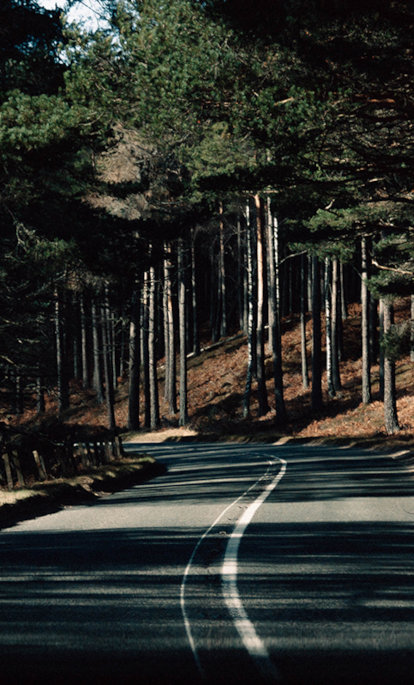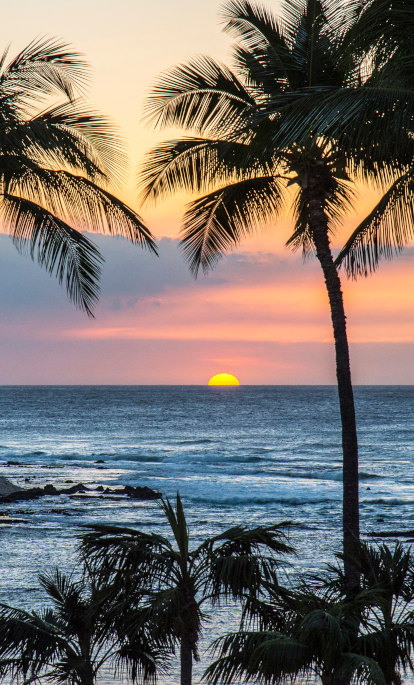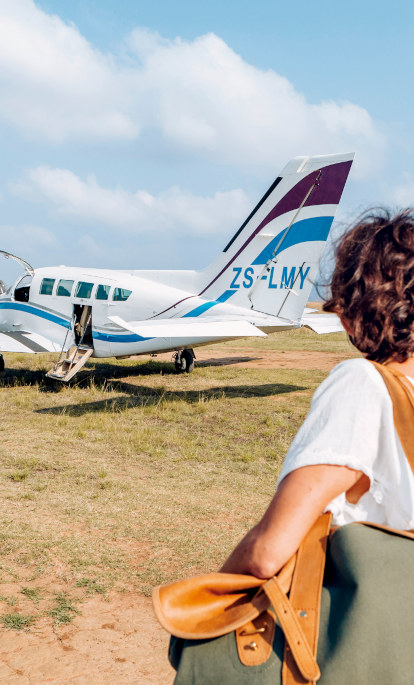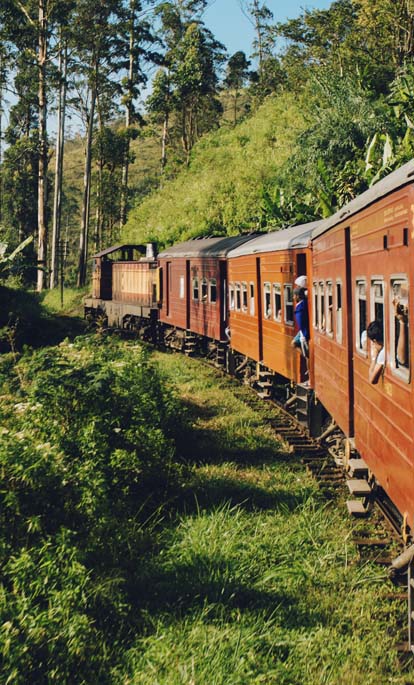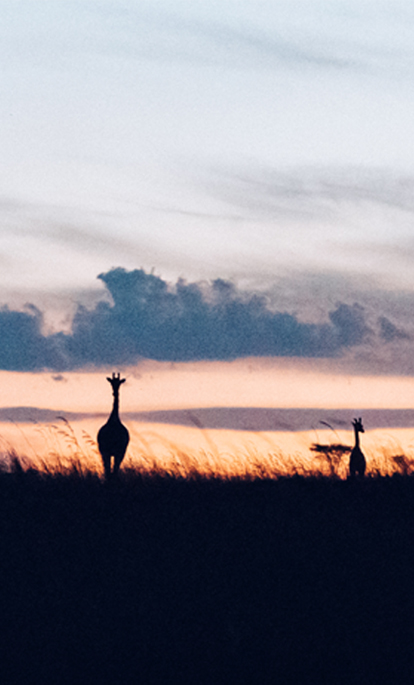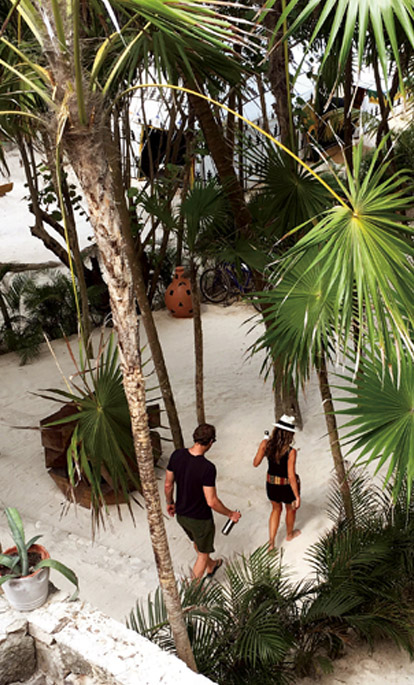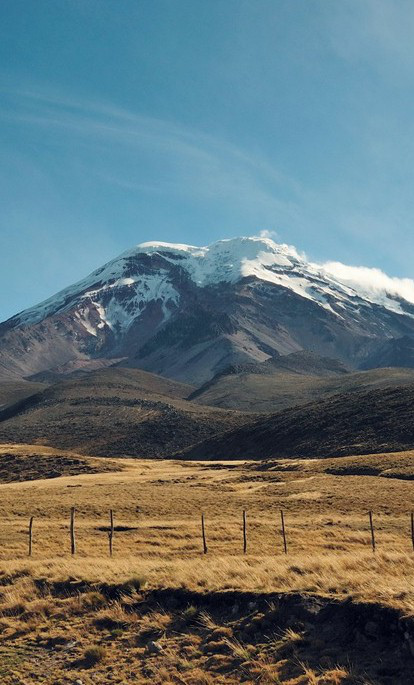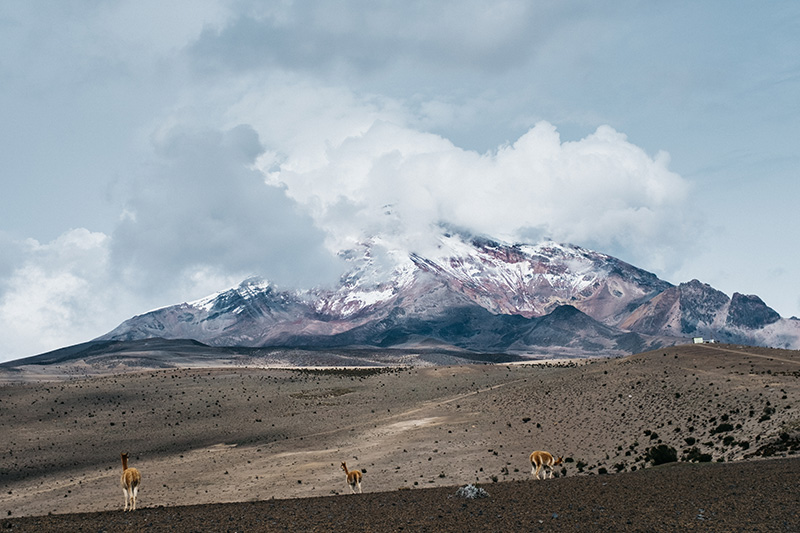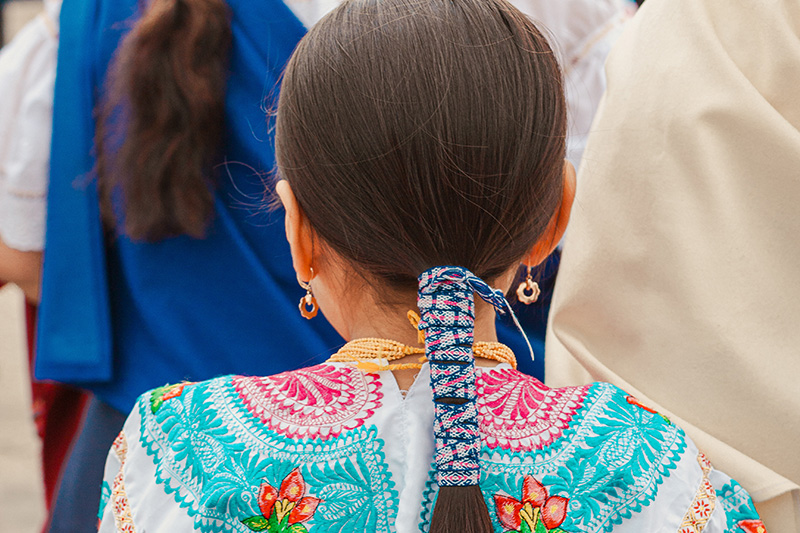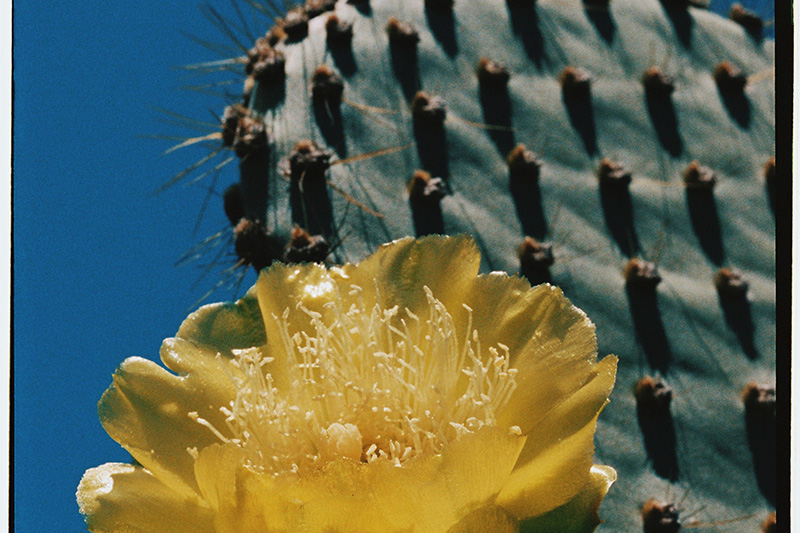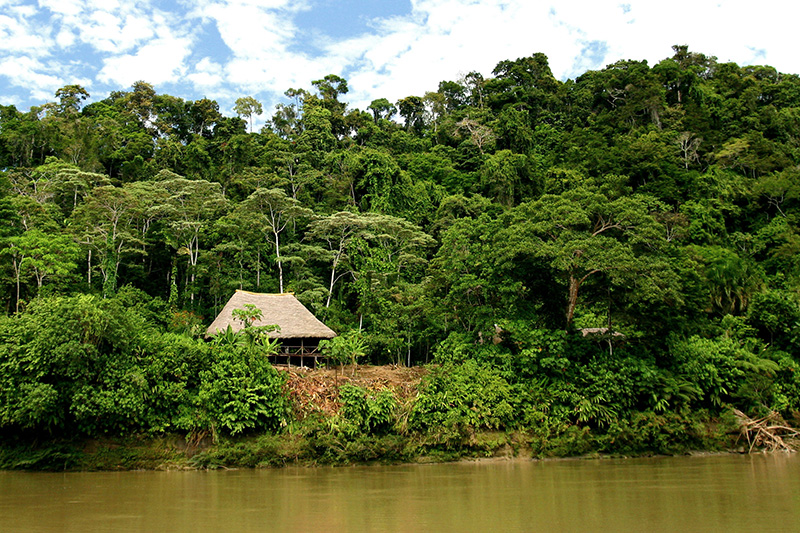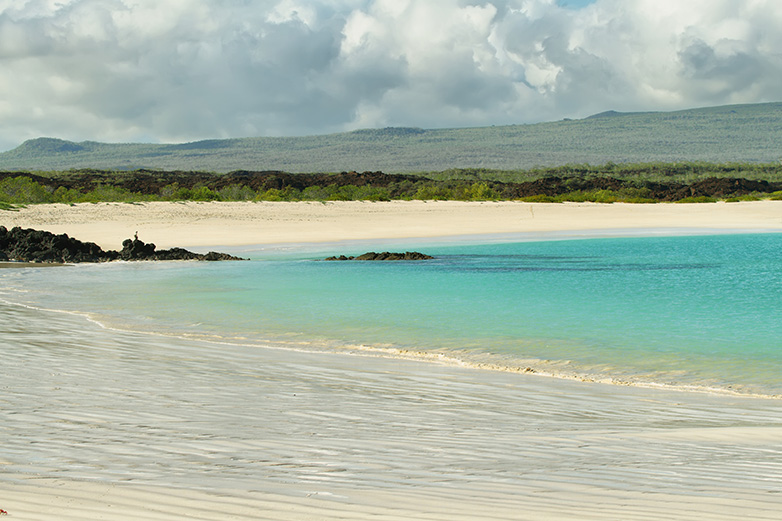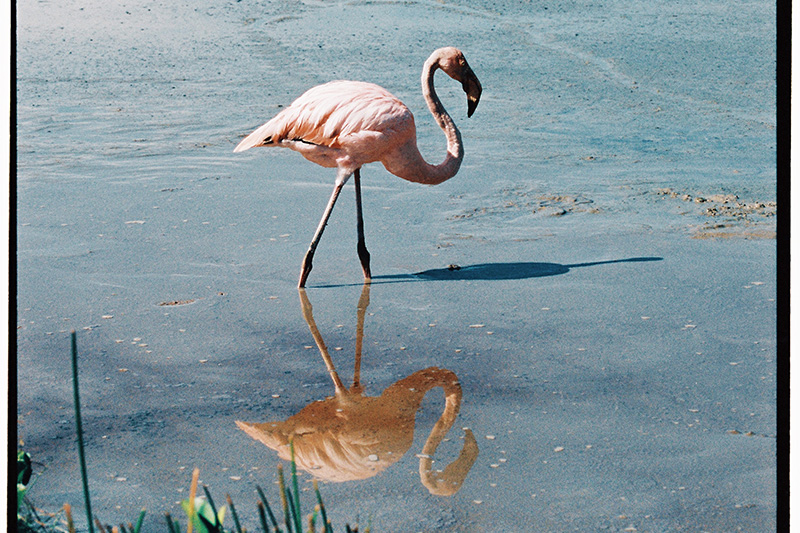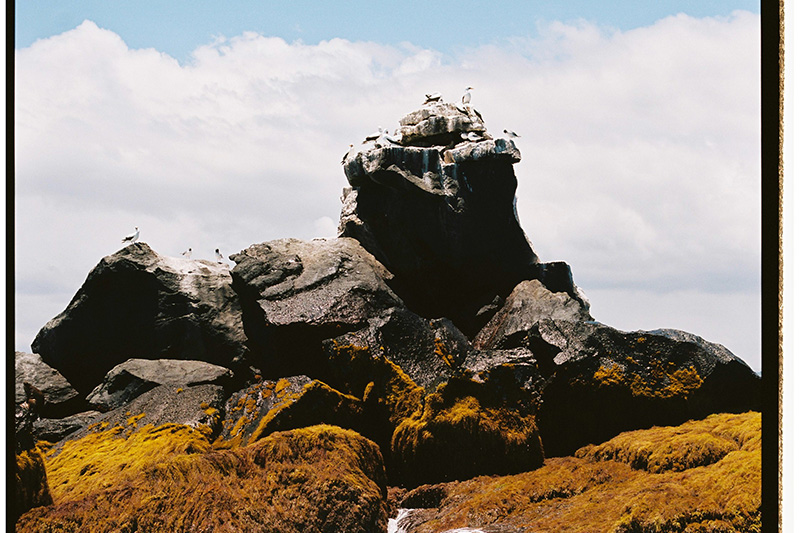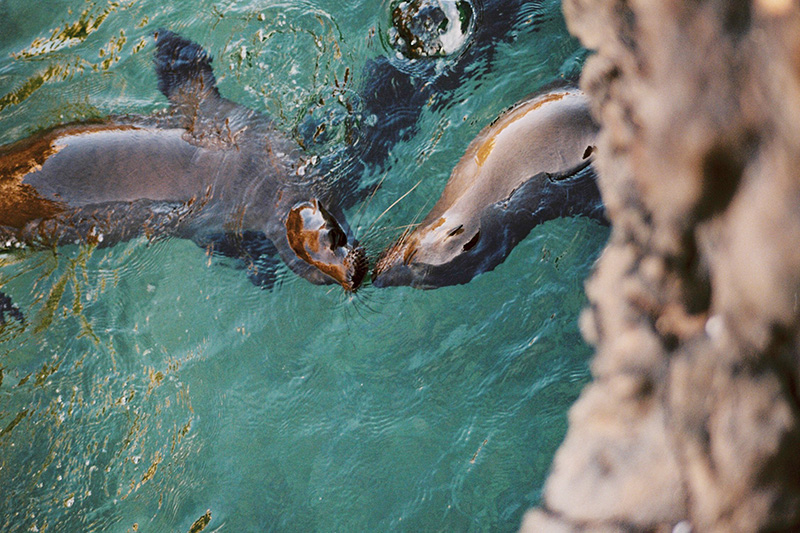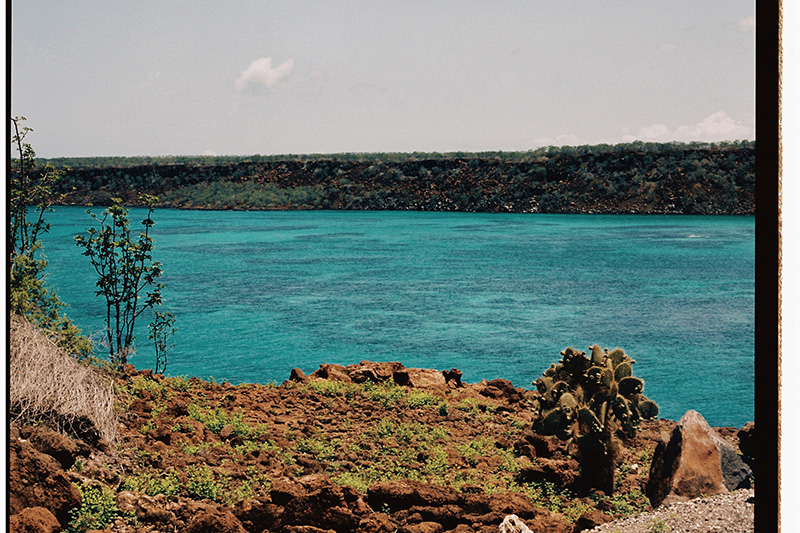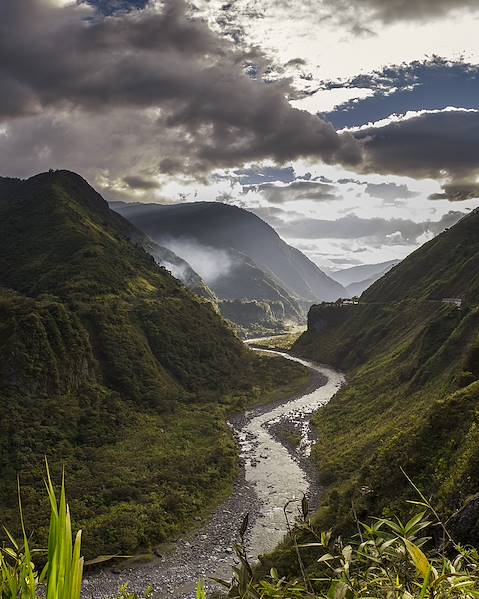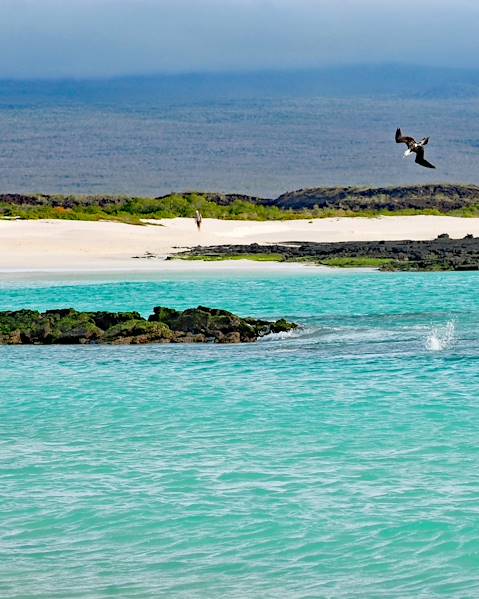Ecuador’s diverse landscape of volcanic islands, soaring mountains and tropical rainforests make it an ideal year-round destination. Boasting a drier period between June and September and a wet season from October to May, the best time to visit Ecuador depends on which region you travel to. Whether you’re after an active adventure in the Amazon, hiking in the Highlands or island-hopping in the Galapagos, discover our month-by-month guide for the inside scoop on where to seek sun, wildlife and culture.
Quito and The Highlands
Due to its position on the equator and its altitude (it’s the second-highest capital city in the world after La Paz in Bolivia), Quito’s temperature is changeable from day to night and has no defined seasons. In fact, the word ‘changeable’ is an apt description for the capital’s weather in general, as it’s possible to experience both blue skies and thunderstorms within a few hours. Temperatures during the day tend to remain steady year-round, averaging at around 14°C, with clearer mornings and rainfall in the afternoon. At night, the temperature cools down and can fall below 10°C, so you’ll want to ensure you pack in preparation for these fluctuations (it’s worth taking both a rain jacket and sunglasses). In the Highlands (also known as the Andean region or the Sierra), the dry season tends to be from May to September, although the weather here is also quite unpredictable. We wouldn’t recommend visiting between December and March if you’re planning to go hiking in the Andes, as this is the wetter season. As a general rule, the higher the altitude in the Highlands, the cooler the climate will be.
The Amazon
Since the Amazon is a tropical rainforest, it has no dry season and rain is common at all times of year, although this is interspersed with bursts of sunlight each day. In total, the region sees 200 days of rainfall a year, however there is a decline in the amount of rainfall between July and December. The temperature in the Amazon is consistent throughout the year, remaining around 25°C, although temperatures as high as 40°C have been recorded during the drier season. The climate of the Amazon makes it one of the most biodiverse regions in the world, with over 250 species of amphibians and reptiles and more than 600 fish species, so this is an excellent place to see an array of unusual wildlife.
The Galapagos Archipelago
As the destination where Charles Darwin cooked up his theory of evolution, the Galapagos Islands are one of the most tempting reasons to visit Ecuador. Some of the wildlife here isn’t found anywhere else in the world and the archipelago is home to an incredible variety of land and marine animals. December to June tend to be the warmest months here (between 20°C and 30°C), with the weather cooling down during the remainder of the year. The wind also drops during these months, making for calmer seas, so this is the best time to visit if you’re spending time on a boat. June to November is drier but colder and not recommended for divers, as there may be poor visibility underwater. While the wildlife is active here throughout the year, certain events (such as sea lions being born) only occur at certain times, so our travel experts can advise on the best times to visit for diving and wildlife viewing. It’s also important to remember that being close to the equator means that the sun here is very strong and it’s possible to get sunburnt even if the sky looks cloudy, so be sure to bring plenty of sun cream.
